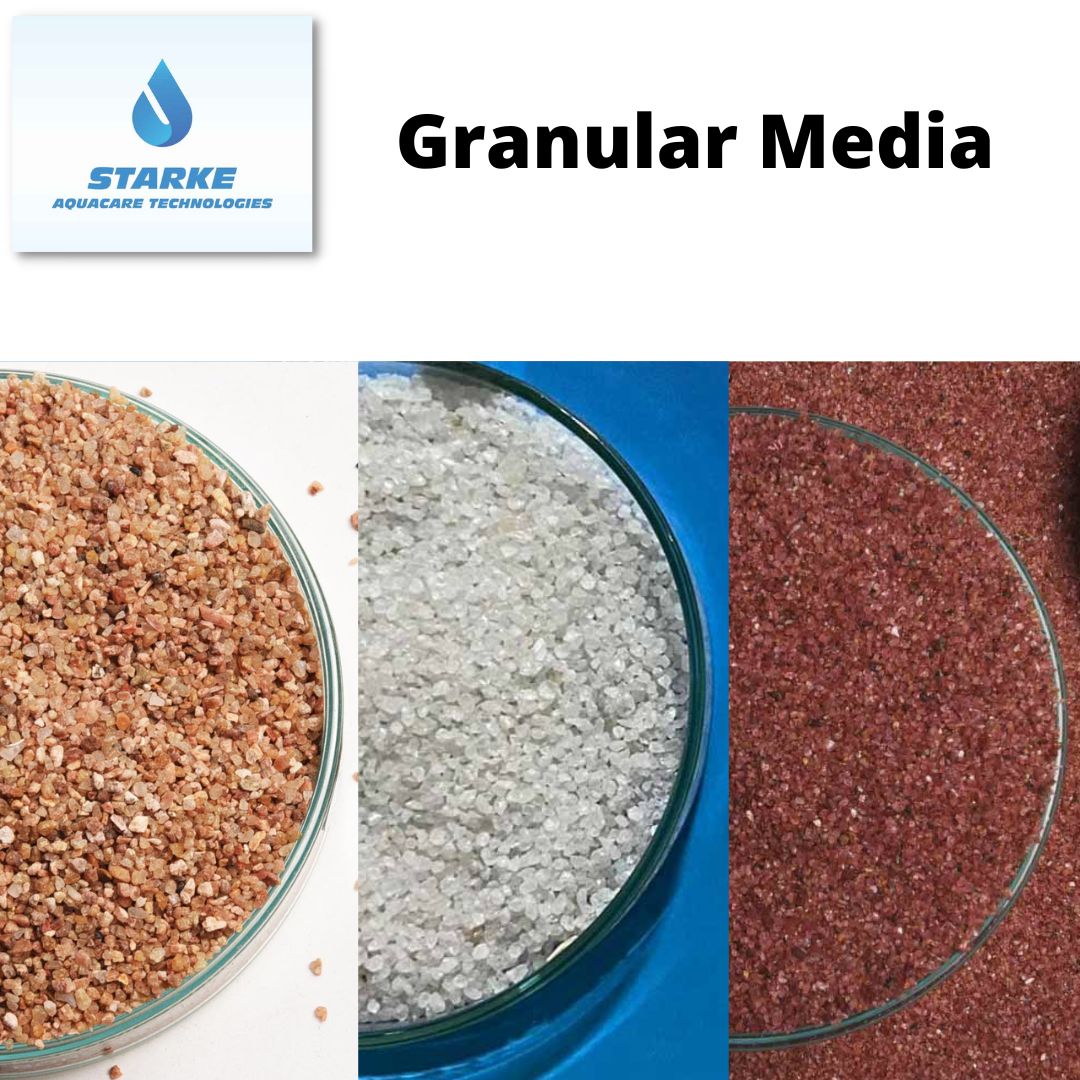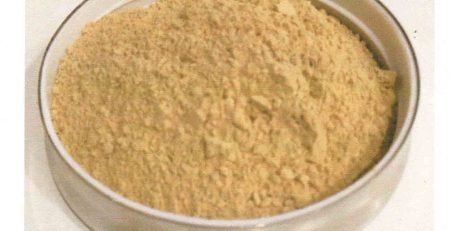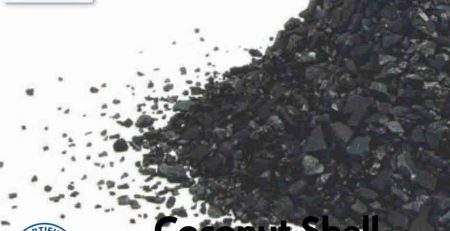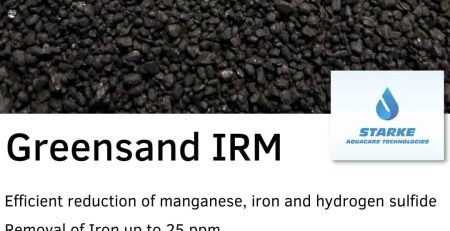Granular Media Filtration Process
The granular media filtration process is often used as a physical means of separating solids in wastewater. In this article we will discuss how they work and what factors are important in the design of such a filter media.
Many types of filtration and treatment processes can be grouped together under the category of granular media filtration process. Almost all these filtration or treatment processes use some kind of mineral particles as a medium of filtration.
The granular media filtration process is a consolidation of three types of filtration methods, namely, physical filtration or separation of suspended solids, followed by adsorption, which is a combination of physical and chemical process, followed in turn by biological decomposition.
A granular media filter is different from a biological filter in some respects. Filtration media of granular filters are made up of particles finer than 2 millimeters. However filter media may consist of different grades of filter medium ranging from gravel to sand.
Finer particles in a granular filter are more effective at filtration of wastewater and give better results. This means adsorption rate during the treatment of wastewater is higher compared to biological filters.
Wastewater sand filters have a filtering medium consisting of silica sand. Sand filters are commonly used everywhere as sand is easily found around the world. These sand filters are also part of the granular filtration process. There are more effective media available in the market, but they are costlier, and are discussed as part of the sand filter class of filters.
Where the focus is on quality, they can be used. There are three important design elements to be considered while designing sand filters; these elements also define what type of sand filters they are. These elements are:
* Temporal loading – the three varieties under this type are intermittent, pulsed and continuous.
* Hydraulic loading rate – this again has three varieties, high rate, rapid rate, and slow rate.
* The direction or method of delivery – this covers two varieties of flow, trickling or downward flow, and pressure which is upward flow.










